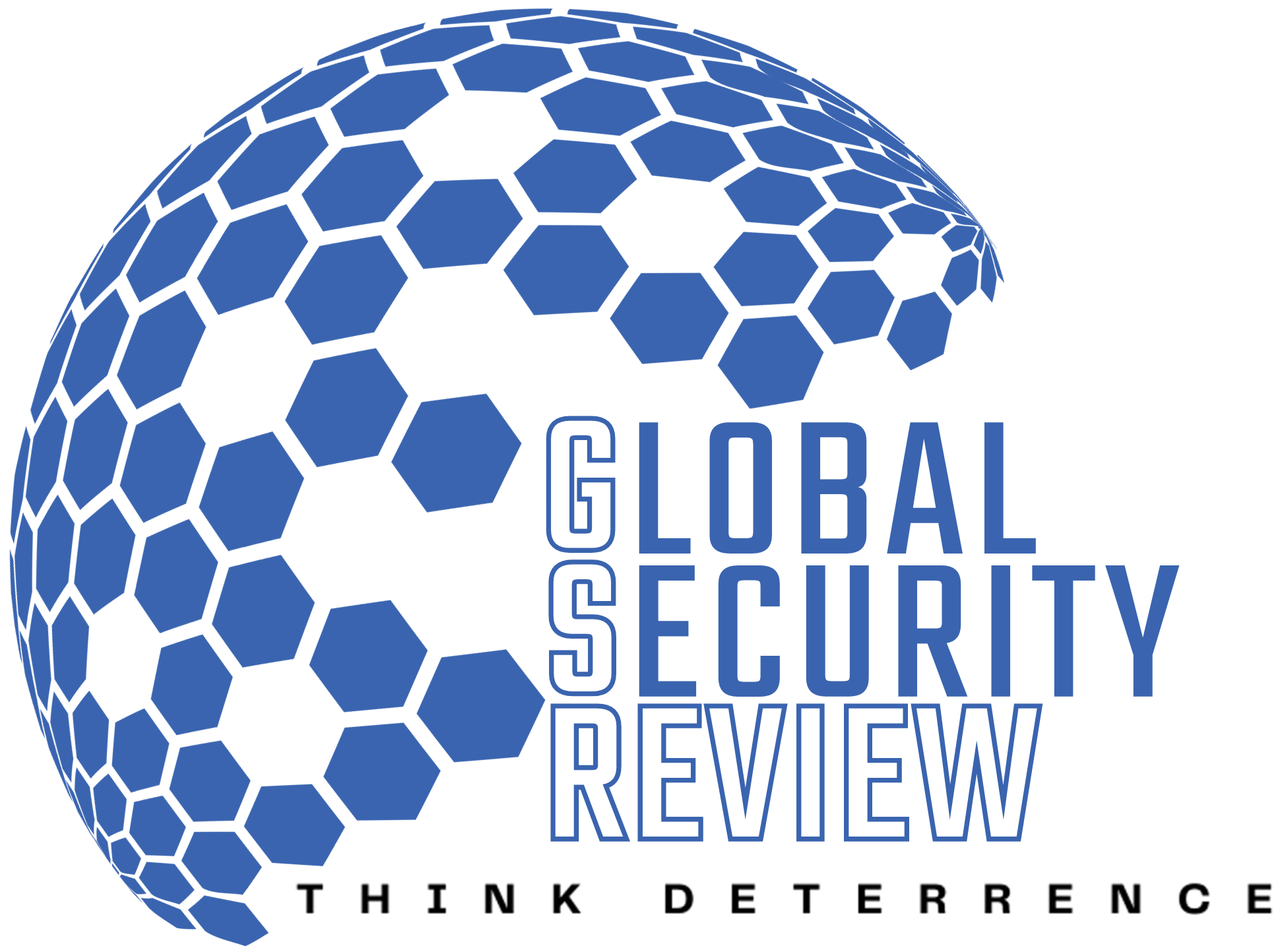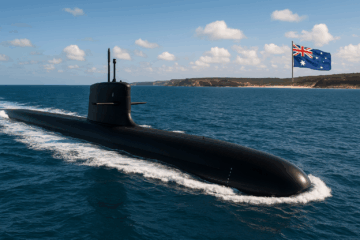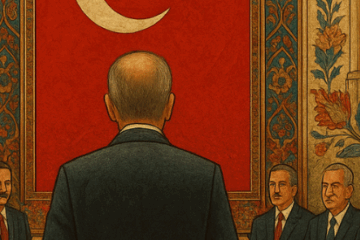Indirect US-Iran talks are ongoing, with the first round held in Muscat, the capital of Oman, on April 12. Based on what was announced, the primary focus for the United States appears to be Iran’s nuclear program and preventing Tehran from acquiring nuclear weapons. Meanwhile, Iran insists that the negotiations remain strictly limited to the nuclear issue and the lifting of sanctions.
However, Iran’s broader regional influence and its destabilizing activities remain a fundamental concern—one that is unlikely to be addressed through an agreement focused solely on its nuclear capabilities. Preventing Iran from acquiring nuclear weapons, dismantling its nuclear infrastructure, or even restricting its ballistic missile program does not, on its own, resolve the underlying challenge posed by Tehran’s regional behavior.
What Is Iran’s Influence Based On?
Iranian influence in the region is grounded in three main pillars. First, Iran relies on Shiite religious ideology. Iran positions itself as the leader of the global Shiite community. This sect has a social and political base in several Middle Eastern and surrounding countries. Through Shiite populations and affiliated groups, Iran infiltrates states and establishes loyal militias, enabling it to exert significant influence over these countries—or parts of them—effectively weakening their sovereignty and transforming them into subservient states.
For example, Iran wields significant influence in Iraq through the Shiite Popular Mobilization Forces (PMF), in Lebanon through Hezbollah, in Yemen via the Houthis, and in Syria, where influence was exerted through Bashar al-Assad’s Alawite-led regime. Additionally, Iran has formed Shiite militias from the Shiite populations of Afghanistan, the Fatemiyoun Brigade, and Pakistan, the Zainabiyoun Brigade. Through these efforts, Iran has constructed the “Shiite Crescent.”
Second, Iran exploits broader Islamic issues. Iran strategically champions causes with Pan-Islamic appeal, most notably the Palestinian issue, to extend its influence beyond Shiite groups and into Sunni communities. Despite historical sectarian divides and conflict between Sunnis and Shiites, Iran has successfully co-opted or allied with key Sunni movements such as Hamas and Palestinian Islamic Jihad, expanding its influence into Gaza and presenting itself as the principal defender of the Palestinian cause. This position garners support not only from across the Muslim world but also from segments of the Western left. By uniting Shiite militias (the “Shiite Crescent”) and Sunni militant groups under a common anti-Western and anti-Israel banner, Iran has forged what it calls the “Axis of Resistance.” This alliance played a central role in the outbreak of the October 7, 2023, war, which continues to this day.
Third, the regime exercises a repressive domestic grip. Maintaining and managing this vast regional network requires immense and sustained financial and military support. Despite facing long-standing and severe international sanctions and domestic economic hardship, Iran continues to fund and arm its proxies. A key factor enabling this is the authoritarian nature of the regime, which extracts national wealth and redirects it to foreign operations, while the Iranian population endures poverty, inflation, and public service failures. Popular discontent is suppressed through systematic repression, especially targeting marginalized ethnic groups such as the Kurds, Baluchis, and Arabs, who face both economic deprivation and political persecution. This repressive apparatus prevents domestic uprisings and sustains the regime’s ability to project power abroad.
Therefore, Iranian influence in the region is not primarily based on its nuclear program or ballistic missiles. Iran was able to extend its influence over Iraq, Syria, Lebanon, Yemen, and Gaza without resorting to ballistic missile attacks or explicit threats involving its nuclear program. However, when Iran did employ its ballistic missiles and military power, most notably during its direct attacks on Israel on April 13, 2024, and October 1, 2024, this coincided with a period of declining regional influence. During this time, Iran experienced significant setbacks, losing ground in Syria and Gaza and suffering major blows in Lebanon and even within its own borders.
In other words, the golden age of Iranian influence occurred during a time when it refrained from directly using its ballistic missiles or overt military force. Its later use of such power came at a moment when its regional axis was already weakening. This suggests that Iran’s true influence lies not in its nuclear program or missile capabilities, but in other, less tangible sources of power—ones that are far more difficult to constrain through formal agreements. Therefore, to effectively counter Iran’s regional influence and threat, the United States must begin by addressing the three key factors discussed above.
The Shia Principle of Taqiyya
Iran is constitutionally defined as a Shia state, and its ruling regime openly adopts and promotes Shia ideological principles. One of the most well-known concepts in Shia Islam is Taqiyya, a principle that permits the concealment of one’s beliefs or intentions when facing danger, threat, or coercion. Traditionally, Taqiyya is understood as a form of self-protection in times of persecution, allowing individuals to lie or withhold the truth to preserve life and religious identity.
In the context of the Iranian regime, Taqiyya has evolved beyond personal religious practice into a broader political doctrine. It is sometimes employed as a strategic tool to justify diplomatic flexibility, ambiguity, or deception, particularly in times of weakness. As a result, securing Iran’s full compliance with international agreements may be especially challenging. The regime may commit to agreements under duress or strategic necessity, only to abandon or reinterpret those commitments once it perceives a restoration of strength. Thus, Taqiyya is not merely a religious principle but has become a core aspect of the regime’s political behavior and strategic calculus.
What Is the Solution?
One of the key factors behind Iran’s continued expansion of influence and regional destabilization is its perception that the United States is unwilling to launch a military strike against its territory. This perception significantly reduces the credibility of diplomatic pressure and sanctions. To alter this strategic calculus, a limited and targeted military strike on Iran’s nuclear and military facilities, followed by the negotiation of a specific and enforceable agreement, may be necessary.
Such a calibrated use of force would serve not only to degrade Iran’s capabilities but also to demonstrate clear consequences for noncompliance. In this context, Iran may become more amenable to concessions and more committed to upholding agreements, as it would recognize that failure to comply carries the real risk of further military escalation—potentially threatening the survival of the regime itself.
Ranj Tofik is a Non-Resident Scholar at the Middle East Policy Council, and a PhD researcher in political science at the University of Warsaw, Poland.




